For our series Ask a Local, sometimes I have the rare opportunity to engage with real forward-thinking individuals, that help me open up to new perspectives and points of view. This was the case with Julia Mama, an art collector and African art expert and promoter, residing in Harare, Zimbabwe, and founder of Amanzi.
The history of Julia and her collection is nothing short of amazing, and it started in 1988, when – still in her 20s – she first bought an El Anatsui wooden sculpture. The artist was still relatively emerging at the time, but this acquisition was a turning point for Julia. Years later, upon relocating to Harare, Julia and her husband opened Amazi, originally a restaurant and now a luxury lodge, where she has been showcasing her collection, exhibiting local artists, and promoting their work.
Julia’s commitment to African art is amazing, and her knowledge is rather impressive. And since African art is everyone’s favorite these days, it seemed just right to dive a little deeper into Harare’s art scene, under the expert guidance of such an important figure of the local scene.
In the heart of Zimbabwe’s bustling capital, Harare has a vibrant and eclectic art scene, which has been flourishing and silently captivating the world with its diversity, creativity, and raw talent. In this exclusive interview, Julia takes us on a journey through the streets, galleries, and studios of Harare, shedding light on the essence of the city’s artistry, the artists who breathe life into it, and the ever-evolving landscape that serves as a canvas for their boundless creativity. Join us as we explore Harare’s creative scene and unveil the captivating world of art that thrives in this dynamic African metropolis.
About Julia
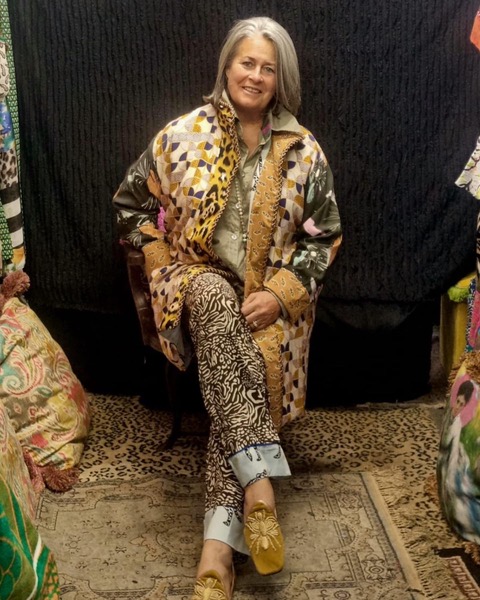
Julia Mama is an art collector and African art expert, currently residing in Harare, Zimbabwe. Before moving to Zimbabwe, Julia resided in Kaduna, Nigeria, for a decade. In partnership with her husband, Andrew, she established “The Hut Shop,” a rustic African round thatched hut located on a farm called Jacaranda, 20 km outside Kaduna. Here, she showcased a diverse array of arts and crafts from across the African continent, regularly sourcing unique pieces from Zimbabwe for her shop. Julia’s vision extended to hosting annual exhibitions, merging the art and crafts she procured in Zimbabwe with the work of local abstract artists.
Her passion for promoting African art and crafts was ignited during her exploration of African shops on Portobello Road in London. Julia’s relocation to Zimbabwe in December 1997 and the subsequent opening of Amanzi Restaurant in April 2000 provided her with an opportunity to adorn the restaurant with her early art and artifact collections from Nigeria, complemented by pieces acquired from Delta Gallery.
With Amanzi Restaurant in full operation, Julia initiated collaborations with artist friends, enabling her to exhibit and sell their works while using the pieces to adorn the restaurant. This endeavor fueled her desire for an ever-changing artistic ambiance and led her to continually seek out interesting artworks to display and offer for sale, granting her the first option to acquire pieces she personally favored.
Over the years, Julia’s taste in art evolved and matured, leading to the organization of exhibitions at Amanzi featuring renowned artists such as Dominic Benhura, Helen Teede, Mukudzei Muzondo, and Daryl Nero, among others.
In 2008, her son Marco, a professional rugby player, initiated “Worcester a Taste of Africa” to raise charity funds in Botswana. Julia provided an exhibition of Zimbabwean art for the event, selling works by Option Dzikamai Nyahunzvi, Paidamoyo Edgar Sajane, Lillian Magodi, Anusa Salanje, Rebecca Peech-Cochran, and Percy Manyonga.
In recent times, following the sale of an El Anatsui sculpture originally acquired in 1988, Julia decided to reinvest her earnings in African contemporary art, embarking on an exciting journey. Her acquisitions included pieces by artists such as Gresham Tapiwa Nyaude, Sandra Olivier, Mostaff Muchawaya, Xanthe Somers, Helen Teede, Sky Salanje, Dominic Benhura, David White, Standford Derere, and Kombo Chapfika, each contributing to the evolving tapestry of her art collection.
amanzi.co.zw | @amanzi_lodgezw
First of all, how long have you been living in Harare?
25 years – I moved from Nigeria to Zimbabwe in December 1997.
How did you start collecting and how has this influenced your work at Amanzi?
I started collecting in Nigeria when I was in my 20’s. I was great friends with an architect called BJ Doherty who had the first El Anatsui exhibition in Kaduna in 1988 at the Avant Garde Gallery, called “Walls and Gates”. He introduced me to interior design and collecting art. When my family and I left Northern Nigeria in 1997 (at the beginning of Boka Haram), for Zimbabwe, I continued my passion for buying art. We opened a restaurant in 2000 called Amanzi and to decorate the wall space, I used my art collection from Nigeria and slowly started adding local Zimbabwean artists to the collection. I was a regular at Delta Gallery. Over time, I thought it would be a good idea to use the walls of Amanzi as an art gallery to help local artists sell their works. We had regular international and local clientele walking through our space on a daily basis. This started the Amanzi Contemporary Gallery, which held several exhibitions including young emerging artists such as Helen Teede and Mukudzei Muzondo. We also showed older more established artists like Darrel Nero. We were just getting going when Covid struck and then we decided after 20 years to close the restaurant and concentrate more on our lodge. It is only recently that we have revived Amanzi Restaurant in the lodge space and have decorated the walls with my own private collection once more.
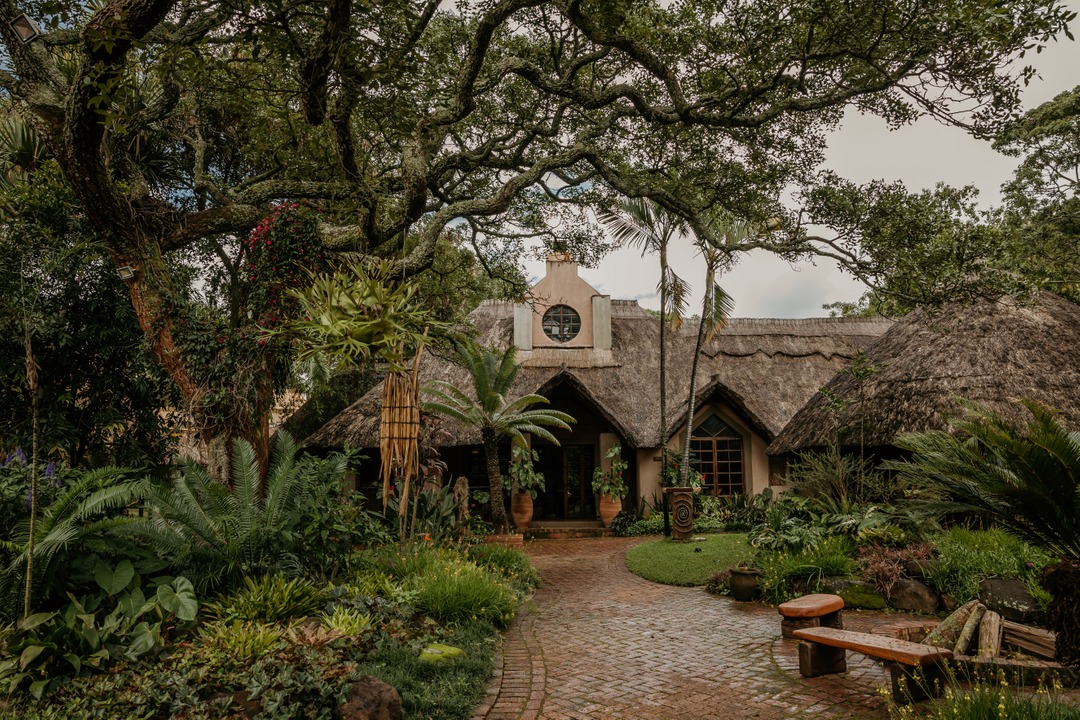
Let’s dive straight into our preferred topic. In Harare, what are your favorite…
CONTEMPORARY ART MUSEUMS?
Definitely the National Gallery of Zimbabwe. Dedicated to the presentation and conservation of Zimbabwe’s contemporary art and visual heritage, the museum was originally called National Gallery of Rhodesia and was officially opened by Queen Elizabeth The Queen Mother on July 16, 1957, and Queen Elizabeth II attended the sixth Zimbabwe Heritage Exhibition there in October 1991. The gallery has been central to the rise of Zimbabwean artists in the world art market, operating for over 60 years and witnessing a dramatic shift in the country from colonialism to independence.

CONTEMPORARY ART GALLERY?
First Floor Gallery. First Floor Gallery is Zimbabwe’s leading contemporary art space with a programme, which incorporates artist development and educational and socially engaged cultural initiatives alongside gallery practice. Since opening in 2009 as an experimental artist-run initiative, First Floor Gallery Harare has launched numerous international careers of Zimbabwean artists and beyond. In 2020, the gallery opened a second gallery space in Victoria Falls, Zimbabwe’s fastest-growing city and premier destination for international visitors, with the aim of expanding its programme and audience reach as well as supporting development of the local emerging artist community.
ART CENTER?
Mbare Art Space, a major urban renewal and adaptive reuse project where Harare City Council offered a long-term lease to convert a popular and former beer hall into a vibrant, non-profit visual arts space.
The center is located in the Mbare neighborhood and serves both as a meeting point and a space for artists to develop their practice, promote their work, and showcase it to the public. One of the founders of the centre is the internationally well-known artist Moffat Takadiwa. We are currently sponsoring the construction of the ladies’ loos for the art centre.
ALL-AROUND CONTEMPORARY ART DESTINATION?
This one is easy! It is our Amanzi Lodge, which promotes contemporary art in different ways. First of all, it has a varied collection of art on its walls, showcasing both Zimbabwean and African artists alike. We are also starting art tours to all the major art destinations in the country. And lastly, at Amanzi we also have a couple of places dedicated to early art and early stone.
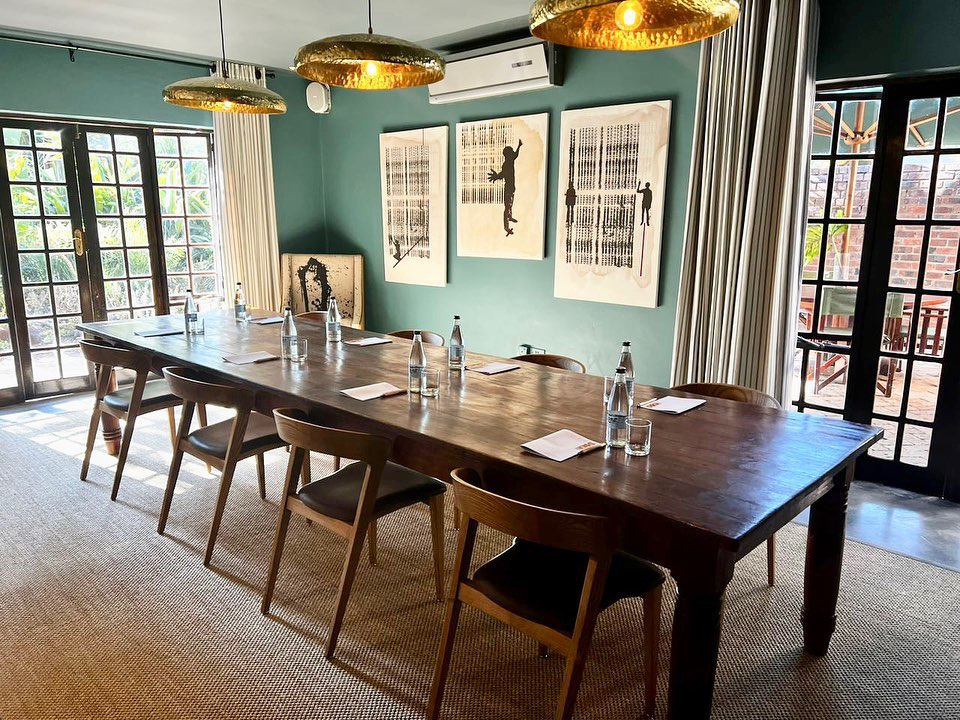
Where can travelers find local artists?
In their small studios, art centres, and galleries – there are also lots of street artists.
Is there any residency program, art school, or academy in Harare that you would suggest checking out? And do they have exhibitions or activities to present their students to the general public?
First Floor Gallery Harare hosts 2 artists in residence on a permanent basis in conjunction with its exhibition programme. Mbare Art Centre has artists in residence, and interns, as does Animal Farm which is designed as a residency.
What is the best time to visit Harare?
If you like the heat, October and November are hot and could have the occasional heavy thunderstorm. The rainy season traditionally starts mid-November. However, April and May are two other fabulous green months, just before it starts to get cold in June/July. There really is no bad time.
Is there any art festival, art fair, or art-related event you would like to recommend?
There is normally a big art fair in June at Wild Geese, but it did not happen this year nor did the Verandah Gallery Art Fair which also happens around June. Hopefully 2024 will be more active.
If visiting Harare, where could we find you? What are your favorite non-artsy spots?
You can find me at Amanzi Lodge, we are starting art tours from the lodge for art enthusiasts. My favourite non-artsy spots are Wombles Restaurant (Excellent Steak restaurant) Bottom Drawer & Aroma Cafe for lunch in the garden. ‘My Gym’ is a great breakfast spot. Amanzi Lodge also does lunch in the garden and dinner in the main lodge building. My favourite place to visit is Kumba for upmarket gifts and Patrick Mavros (Silversmith) – stunning silver jewellery and has the best view in Harare from the shop window.
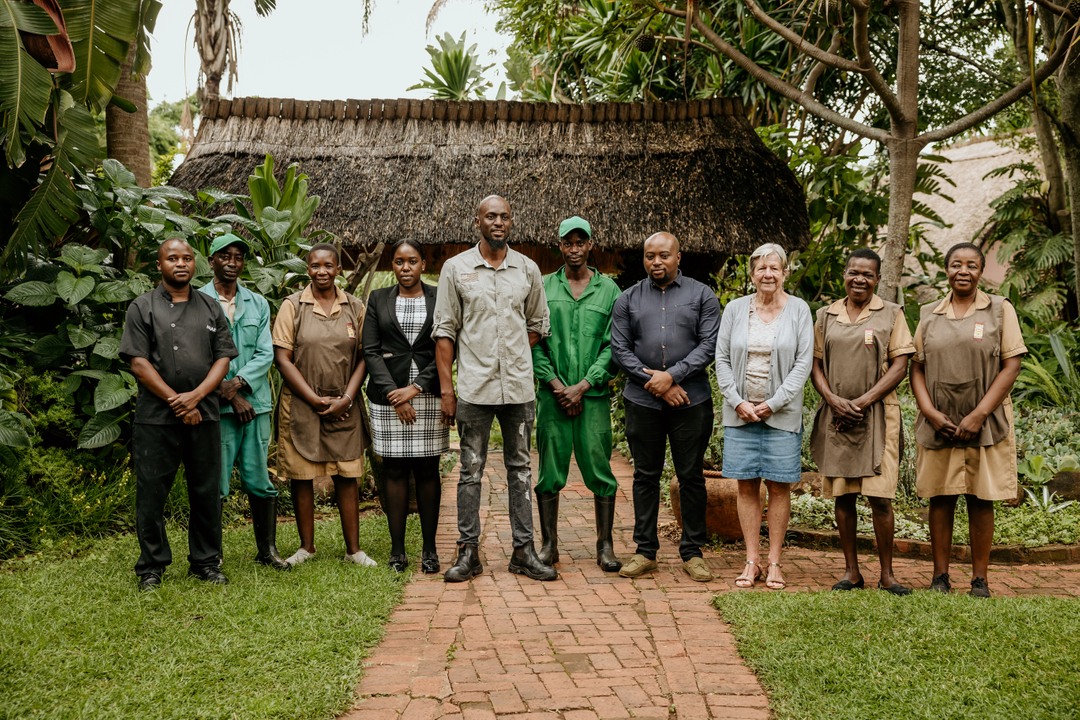
Why would an art lover put Harare on their travel bucket list?
Because Zimbabweans have always had a creative and artistic flare that has evolved dramatically in recent times. The people are peaceful and gentle. The country is safe to explore and Zimbabweans are very hospitable.
Lastly, what is the most artsy anecdote, story, or curiosity you can tell us about Harare?
Historically, Zimbabwe has one of the highest concentrations of rock art in Southern Africa. These date back at least 13,000 years. You can find rock art all around Harare in the balancing rock formations. In the mid 60’s stone carvings emerged from an eccentric farmer who turned his tobacco farm into a sculpting community called Tengenenge. This was the birth of the now world-famous, Shona stone carving community found in Harare today in Dominic Benhura’s contemporary studio and Chapungu. Harare’s art scene started when in 1957 Frank McEwan was made the first Director of the National Gallery of Rhodesia (now Zimbabwe) and established the workshop sponsored by British American Tobacco which fostered the stone sculpture practice alongside painting. This produced the first notable artists of international repute.
Get Featured: Become an Artsy Travels Expert
Are you an art professional living in a city with a thriving contemporary art scene? We want to hear from you!
Artsy Travels is on the hunt for experts in the field to feature in our upcoming series of interviews Ask a Local.
So, if you’re passionate about contemporary art and want to share your knowledge with the world, or if you know anyone that would be interested in sharing their experience, we want to hear from you!

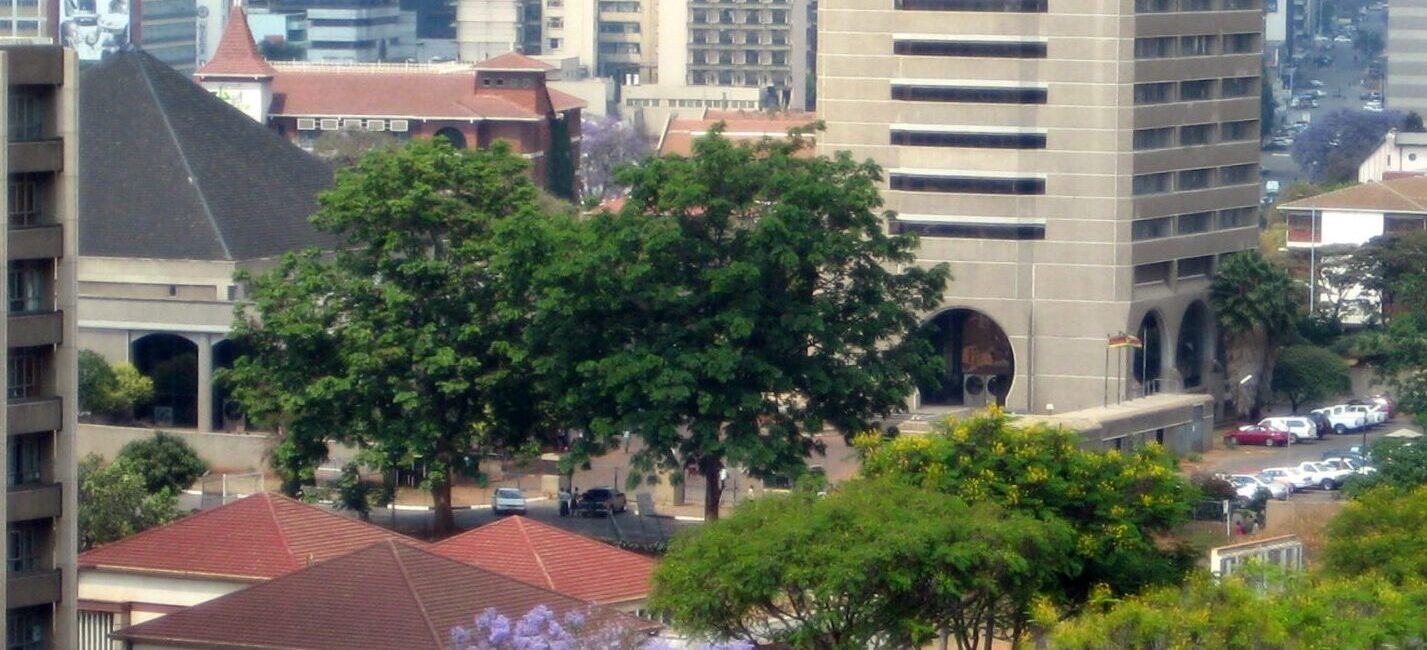
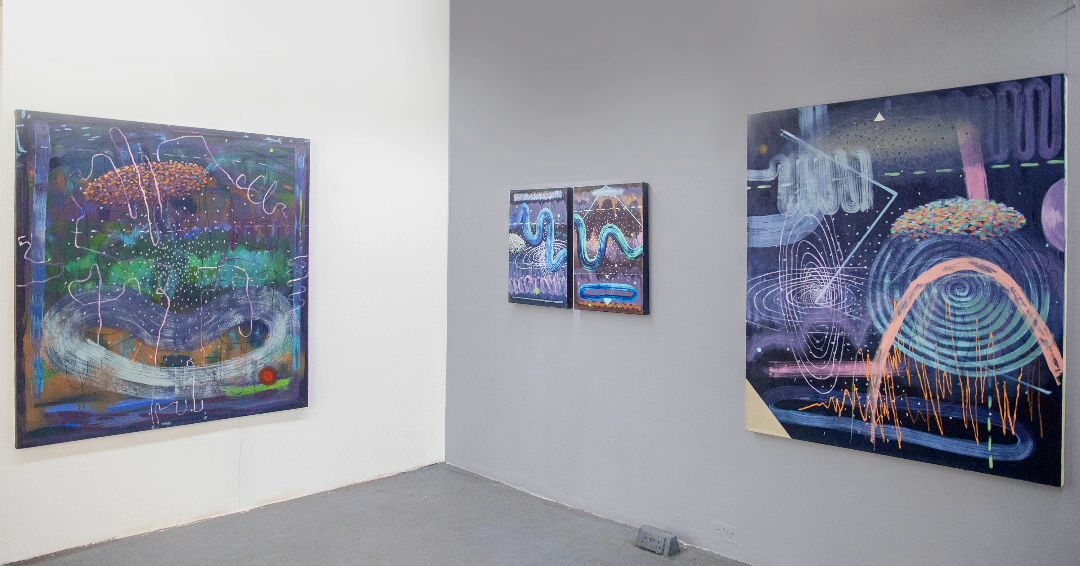
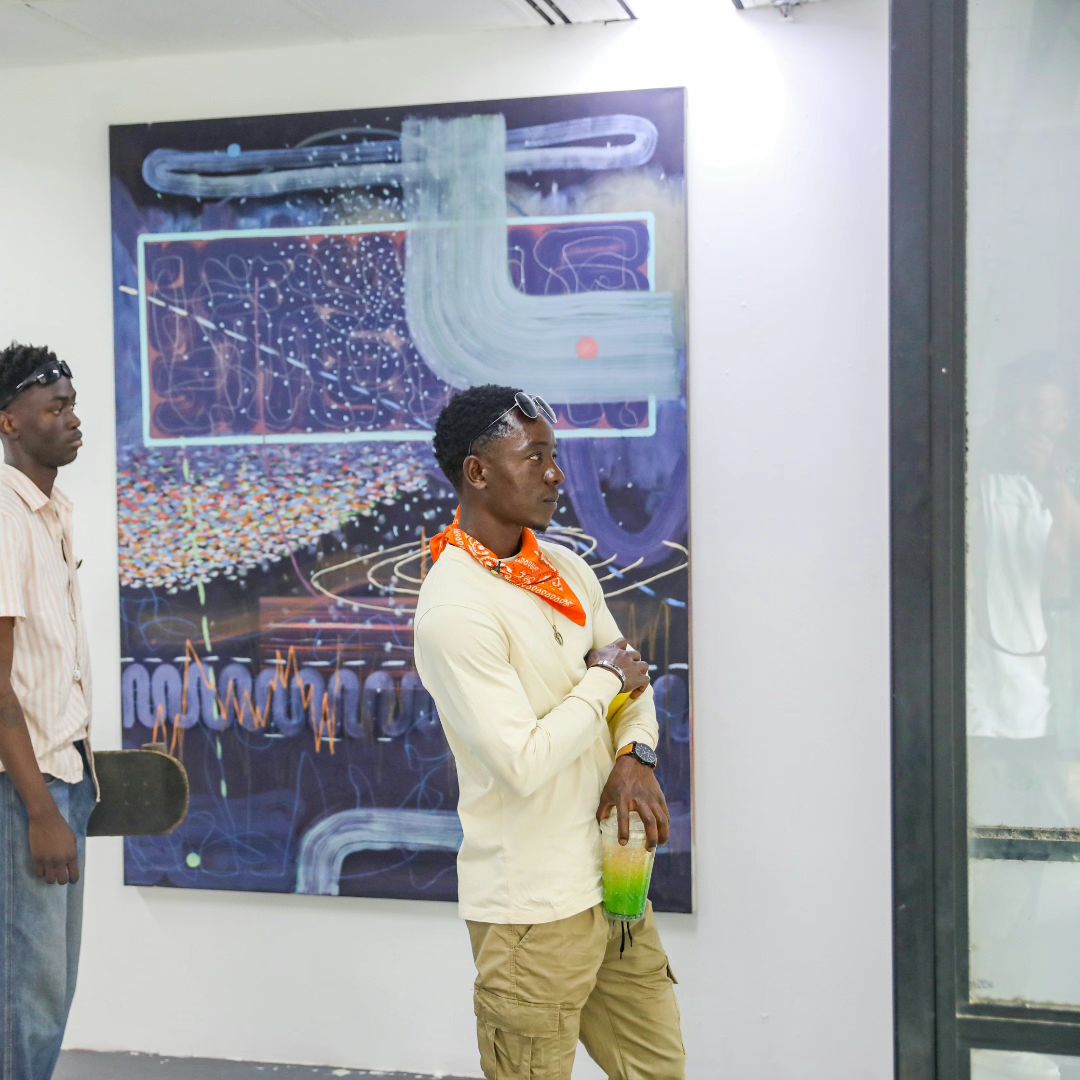
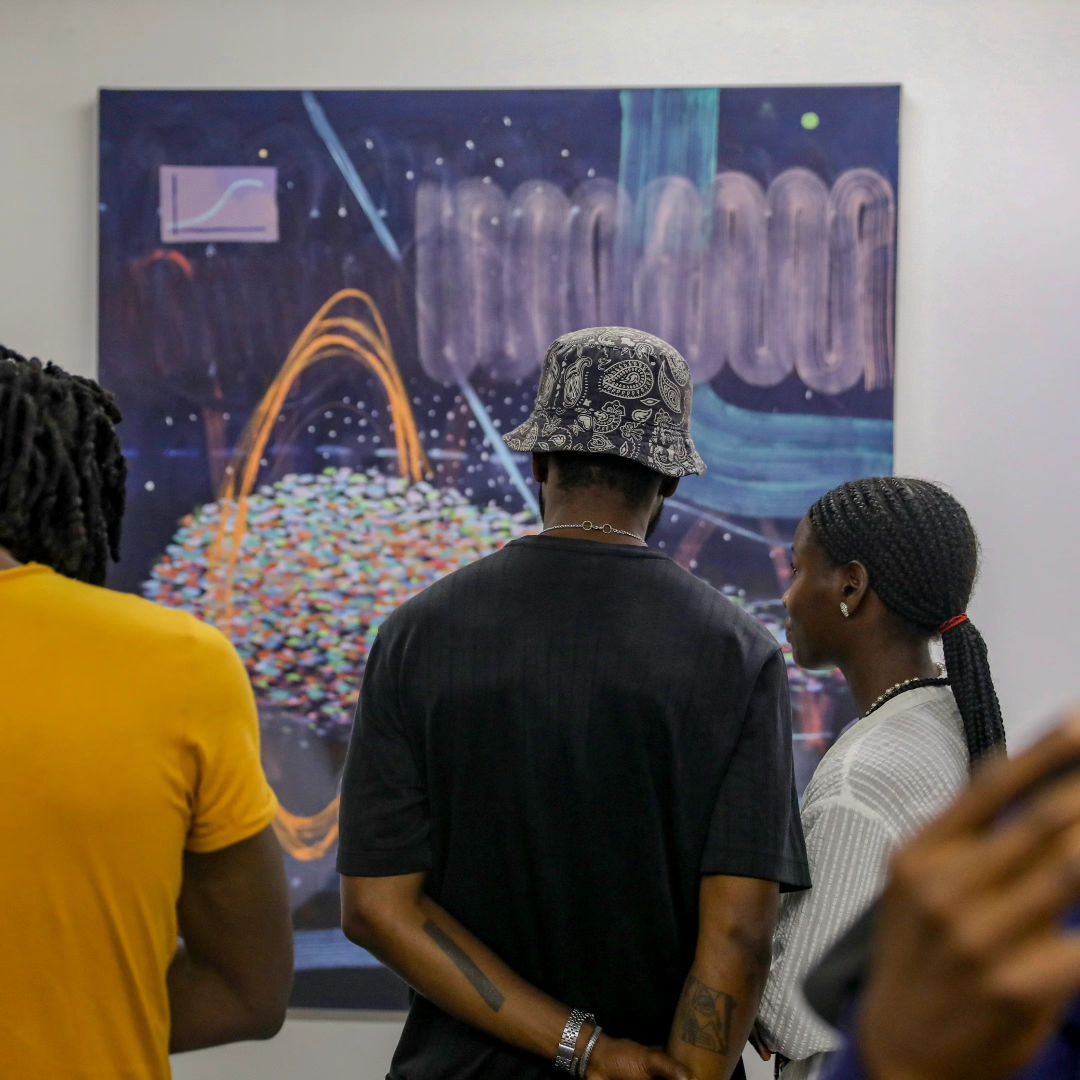
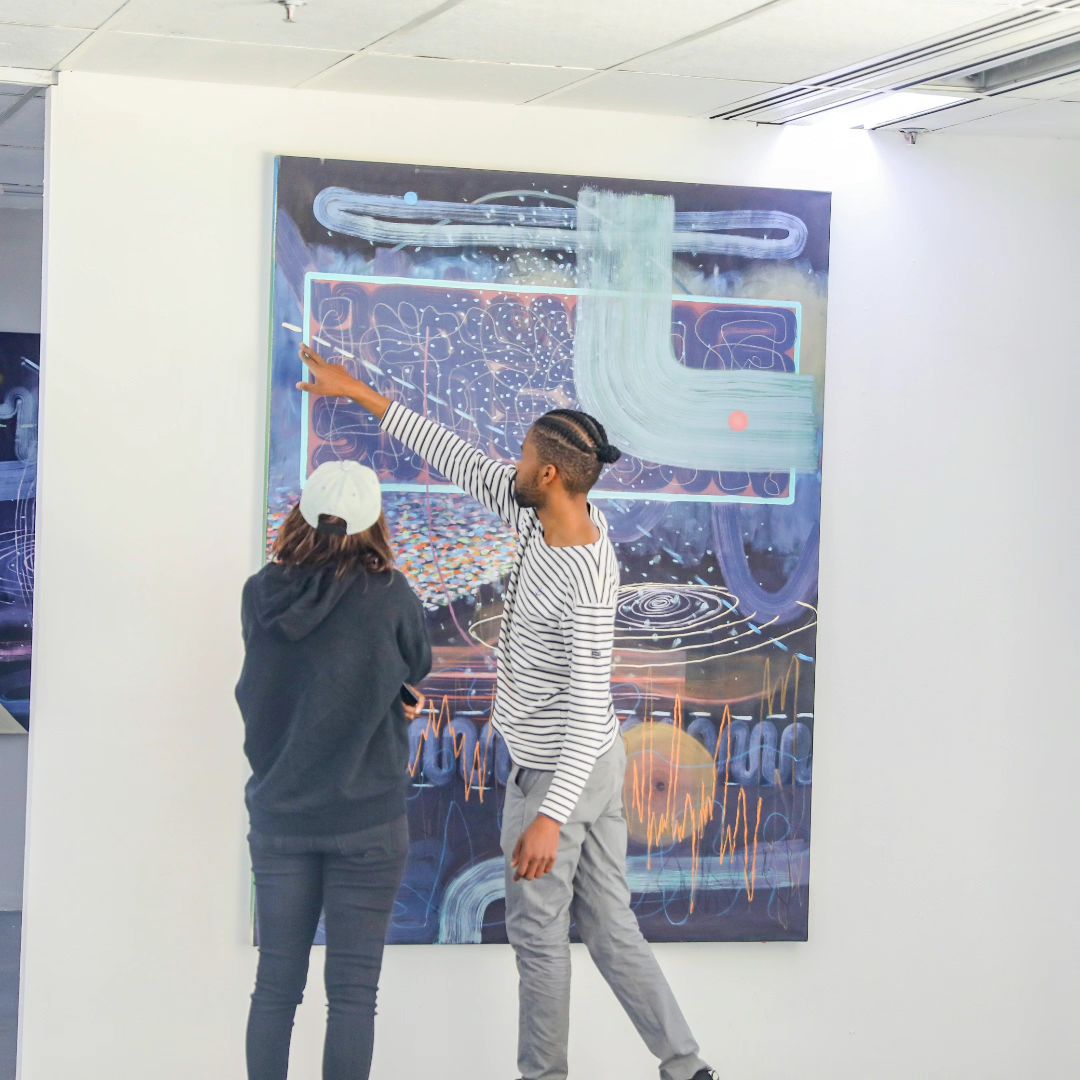


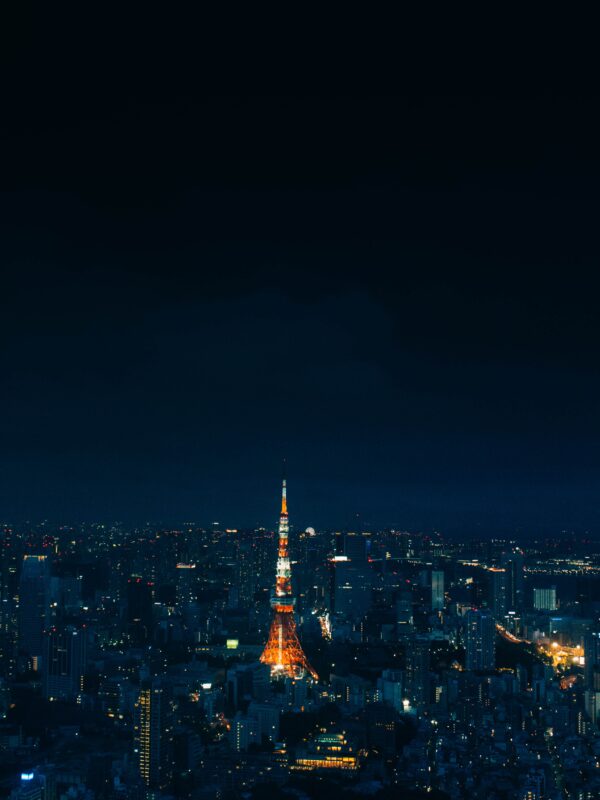
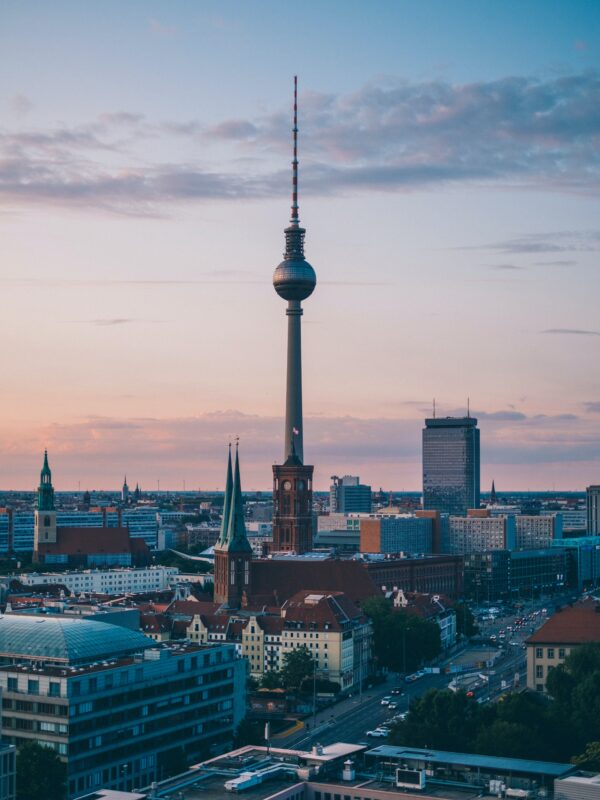
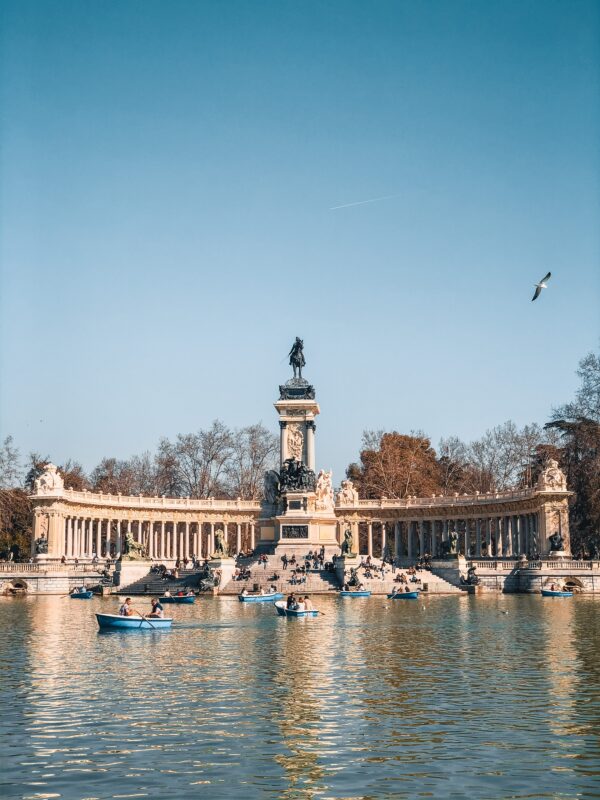


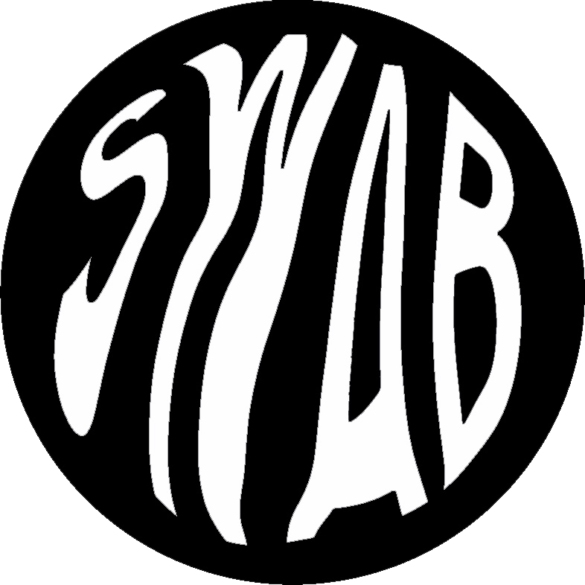

Get in touch